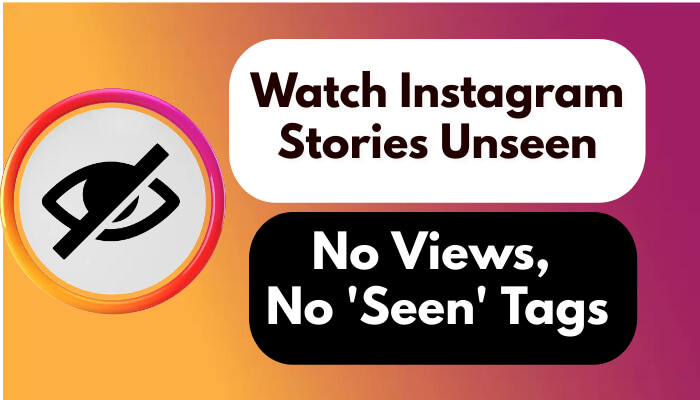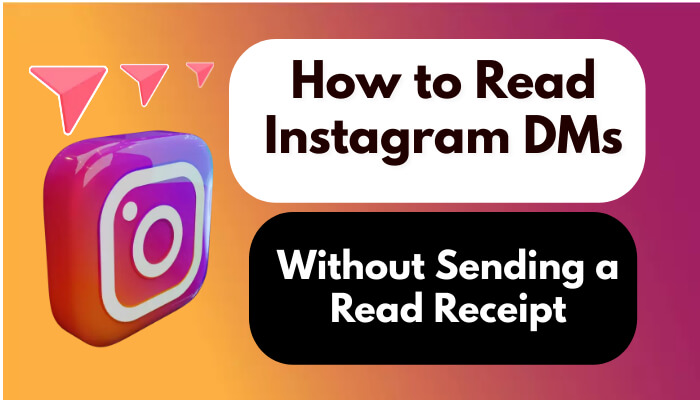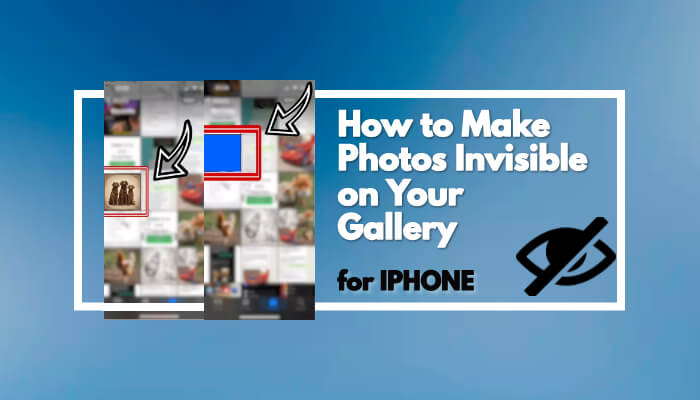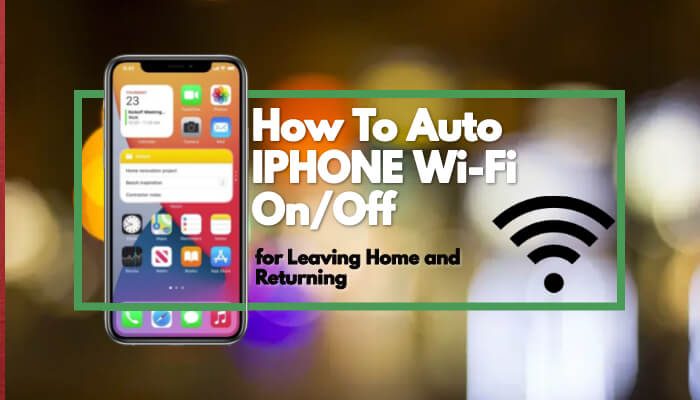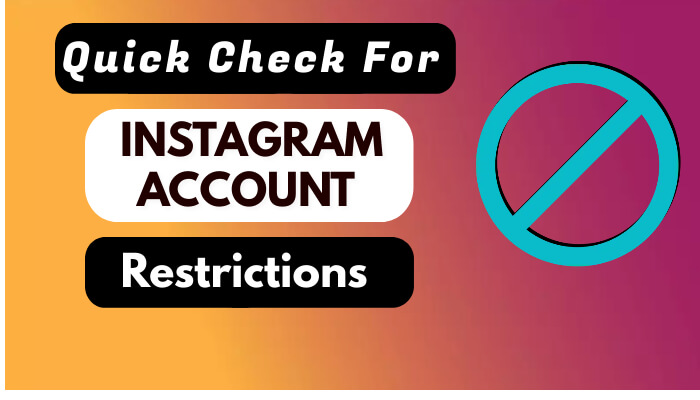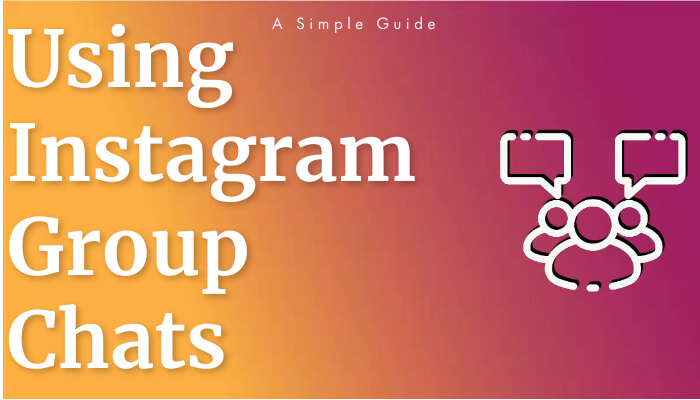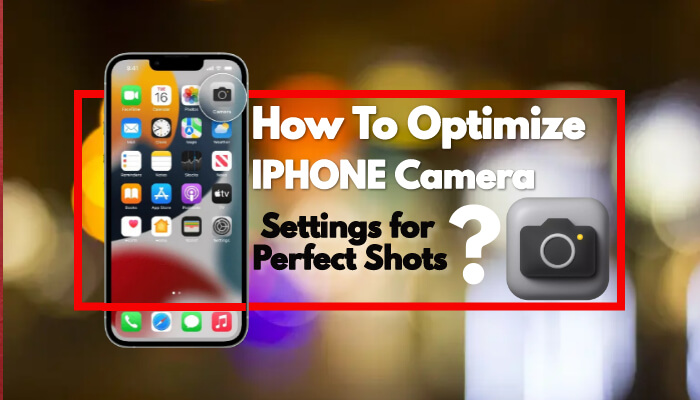
The pay per call industry is growing and making waves, but how is it impacting businesses using it?
I recently spoke with Daryl Cowell from Matomy at a recent affiliate marketing conference. We got to talking about how many companies are seeing great success with affiliates in the space. Here is my interview with him about what’s going on in the pay per call industry.
Current Overview of Pay-Per-Call
Pay-per-call marketing is going through a renaissance period. Traditional pay-per-call marketing, which existed via TV, print and radio advertising, has been around for years. Now, though, the game is changing, as the “mobile threshold” has been broken. As more Internet traffic comes from mobile devices, it makes sense for advertisers generating leads to have their leads call in directly to a call center rather than trying to get a consumer to fill out a lead form on a mobile page and attempt to connect with them later.
However, it doesn’t have to be one way or another. We see the largest opportunity for both advertisers and publishers alike by creating multi-action, multi-channel pay-per-call campaigns. This gives the user a choice to either dial in right now or to fill out a lead form. Not only do multi-action campaigns increase performance for the publisher, but they provide the user a better experience by giving users the choice of how they want to connect with the advertiser.
Advantages for Advertisers
Pay-per-call marketing is one of the most cost-effective, ROI-focused forms of digital advertising that a company can run. It offers advertisers the benefit of a 100% connection rate with consumers that have already opted-in to receiving your information and/or offer. Our tests have shown that inbound callers received via pay-per-call campaigns convert at least twice the rate than leads that are connected via outbound dialing. Inbound callers also monetize at a higher rate than leads that are sold via outbound dialing.
No longer does an advertiser have to purchase a lead, route it to a salesperson, have that salesperson call the prospect and hope the consumer is able to talk and still interested in the company’s product or service. Pay-per-call campaigns offer advertisers the benefit of immediately reaching a consumer who has taken the time to proactively call into their call center to inquire about and, in many cases, set the in-person appointment and/or make the purchase right then and there.
Top Performing Verticals
Any advertiser with an inbound call center is ideal. Certain consumer verticals perform particularly well with pay-per-call campaigns, including: Home Services, Health & Wellness, Finance, Insurance, Education, and PC/Tech support.
Emerging Markets in Pay-Per-Call
We expect to see increased appetite for pay-per-call campaigns in the following verticals: retail, travel, drug and alcohol rehabilitation, as well as products and services aimed at seniors.
Publisher Benefits
When it comes to the mobile Web many publishers are still figuring things out, especially when it comes to monetizing their site traffic across different devices. They’re discovering that you can’t simply shrink an advertiser’s creative assets and landing page from the desktop Web to fit the mobile Web. The ads simply won’t convert, which will frustrate the advertiser and not serve the publisher well in terms of effectively monetizing their site traffic.
Mobile lead-gen doesn’t work the same way as desktop lead-gen. Pay-per-call marketing provides an excellent opportunity for mobile focused publishers to help advertisers drive customer acquisition while simultaneously improving their site monetization efforts. Even more, advertisers are often willing to pay more per inbound call lead, which puts more money in the publisher’s pocket.
Proven Media Channels
Success in any marketing campaign, including pay-per-call, largely depends on the industry or vertical the advertiser operates in.
If I had to choose one media channel that consistently has success with pay-per-call it would be print. There are low barriers to entry for marketers in print media and it delivers great quality of calls (leads) to the advertiser.
Guarding Against Call Fraud
One of the most important aspects of any pay-per-call campaign is to utilize a quality tracking and technology platform, in addition to finding the right marketing partner, preferably one that can provide a single platform in which to manage your campaign across multiple media channels and media sources. Your marketing partner should be able to track calls, insert an IVR and fire a pixel once the call duration has been met. In addition, they will record all of the calls and store them in the cloud. This gives the advertiser or network placing the buy full visibility into the quality and content of each call.
Future Trends in Pay-Per-Call
We expect to see a much wider adoption by both advertisers and publisher of pay-per-call. Recently, Twitter announced that it is testing a click-to-call ad feature that will allow direct-response marketers to target Twitter users with specific pay-per-call offers.
